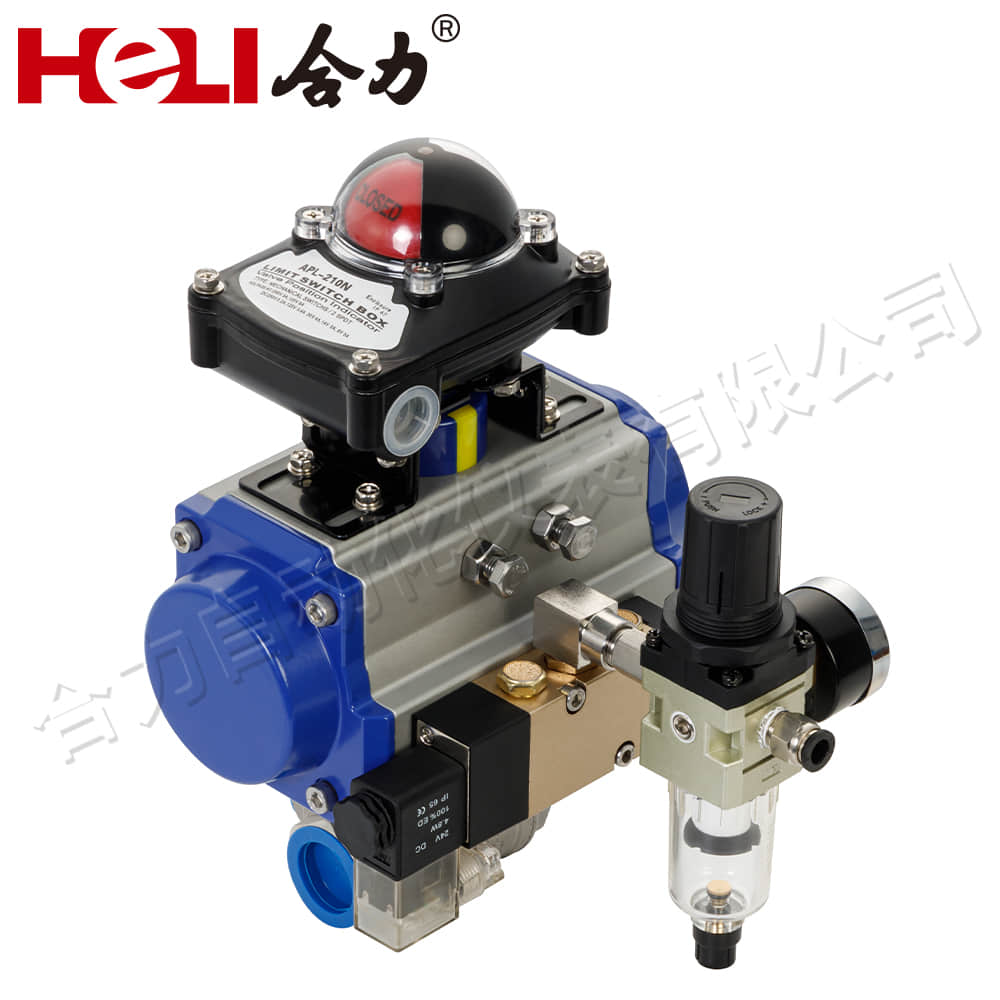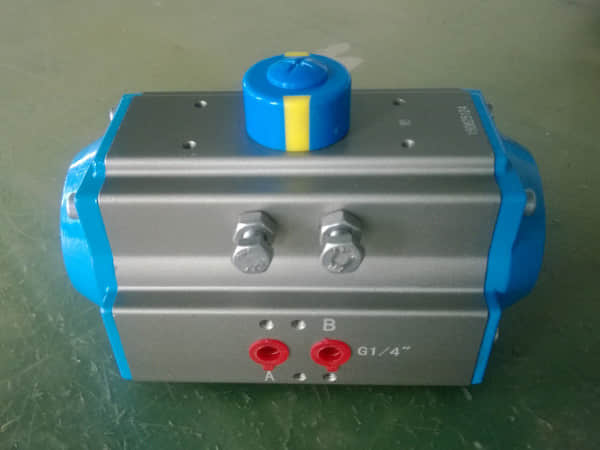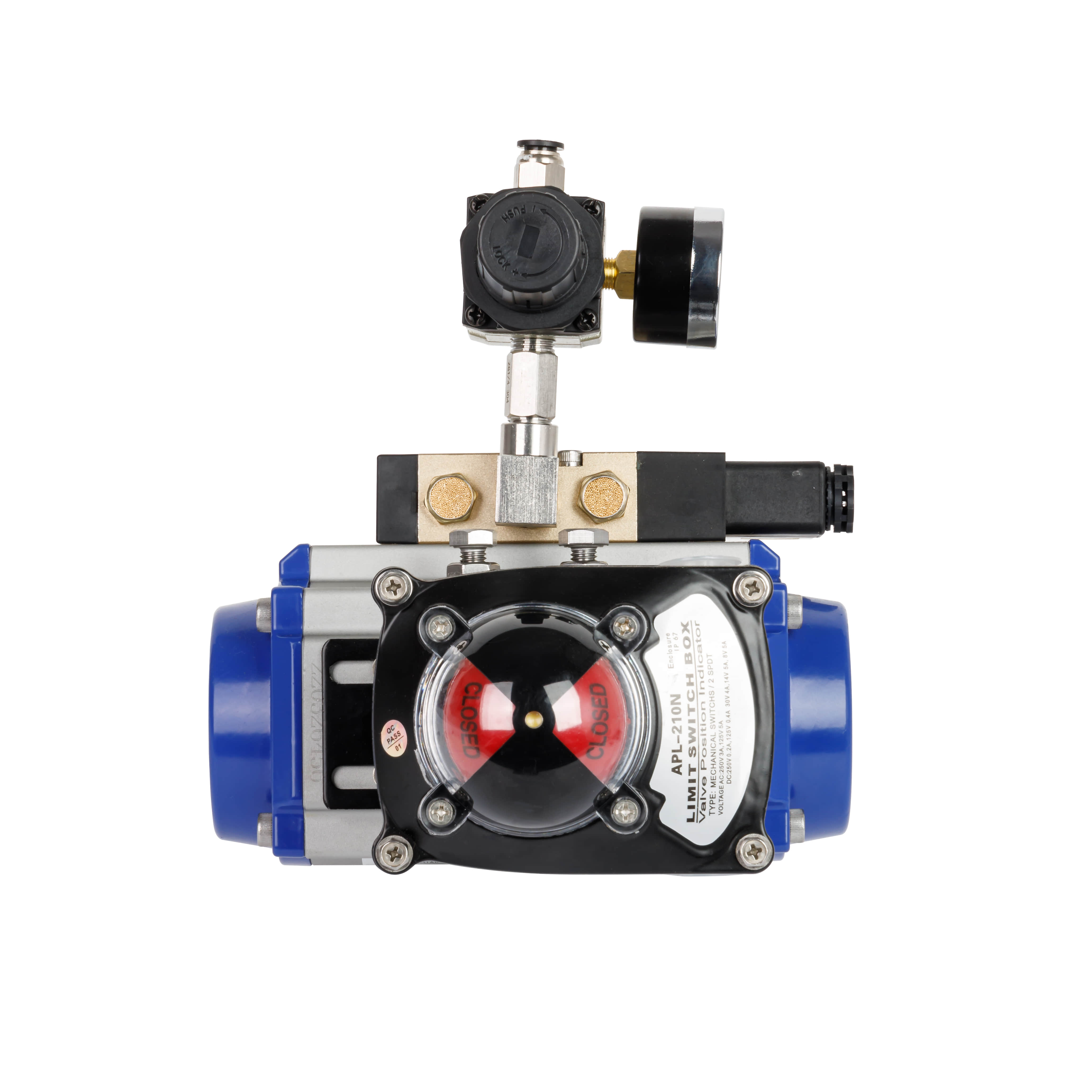
The Pneumatic actuator, also known as a pneumatic drive or pneumatic device, is a vital component in various industrial processes, responsible for controlling and actuating valves. Its operation relies on the use of compressed air or other gases to generate the necessary force for opening, closing, or regulating valves. In this article, we will delve into the principles of Pneumatic actuator, its various types, applications, and the advantages it brings to modern industrial setups.

The fundamental principle behind the Pneumatic actuator lies in the conversion of compressed air into mechanical motion. When pressurized air enters the actuator, it creates a force that acts on a piston or diaphragm, causing it to move. This movement is then translated into the desired action of the valve, whether it's opening, closing, or modulating flow.

